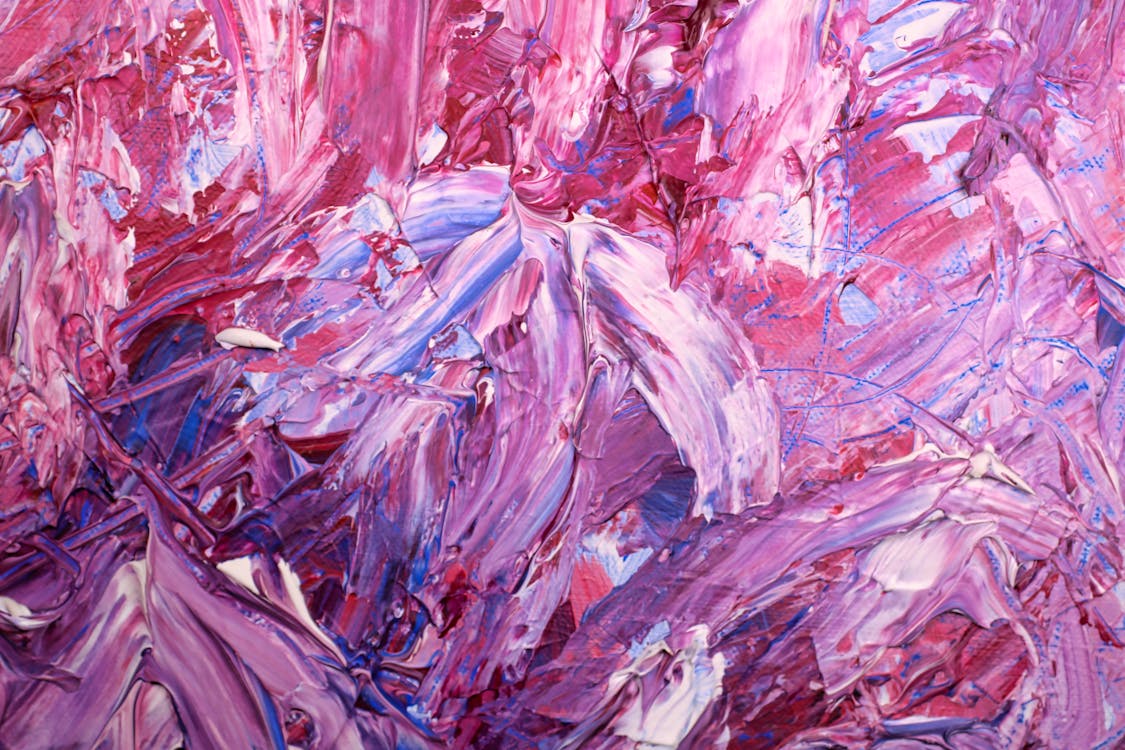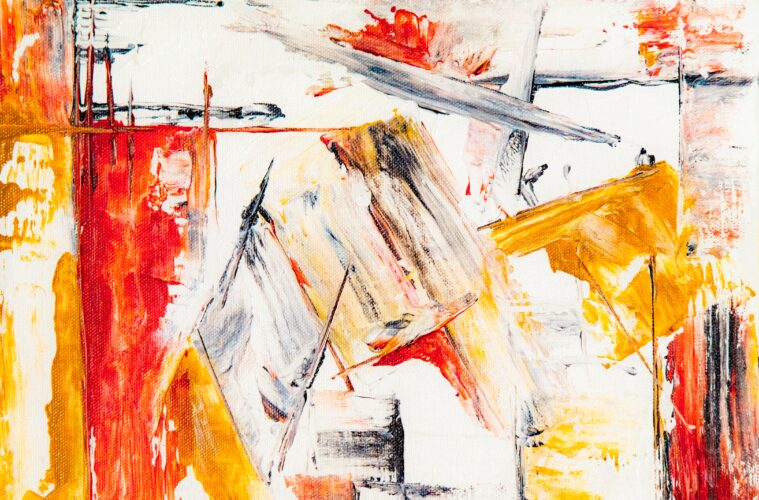
Abstract art is a versatile and widely popular form of creative expression, and for good reason. It shrugs off the shackles of realism and gives artists the freedom to explore ideas that are truly unique and left-field.
If you’re a newcomer to this concept, stick around as we go through the basics of abstract art, from where you can get it to how it developed in the first place.
Where to Buy Abstract Art: A Comprehensive Look at All Your Options
Whether you’re looking for a contemporary piece to add a touch of sophistication and elegance to your space, or some classic examples with which to explore the rich history of abstractionism, there are plenty of options available.
When it comes to purchasing artwork, there are several avenues one can take; from galleries and local markets, through to online stores like Etsy and eBay, discovering up-and-coming artists on Instagram, and even independent artist websites.
It all depends on what kind of collection you’d like to build up over time. If you’re just starting out collecting abstract art then visiting galleries near where you live is an excellent way to begin building relationships with both collectors and dealers alike who may be able offer advice when it comes to making informed decisions about your purchases.
Alternatively, if the budget is tight or convenience is more important, browsing online retailers should be a priority. Just remember that when exploring the pieces, filter them by price and theme to decorate your home with abstract art that actually fits into this movement.
Exploring the History of Abstract Art and Its Influence on Modern Culture
Abstract art has a long and varied history, beginning with Expressionism in the early 20th century. This movement sought to move away from traditional figurative painting styles, instead focusing on communicating emotion through color and gesture.
Other important movements followed, such as Cubism, Fauvism, Constructivism – all of which continue to influence artists today.
The impact abstract art has had culturally is undeniable; it has been used as an expressive form by many different people throughout history for various reasons – whether political or personal expression – its reach is far-reaching.
It has also become commonplace within interior design due to its versatility in creating unique spaces that still remain grounded in modernity.
It’s clear that abstract art isn’t just a passing trend, but rather part of our collective cultural heritage – something we can look back at fondly whilst looking forward towards new creative frontiers too.
Understanding the Elements of Design in Abstract Art and How They Create Meaningful Visuals
When it comes to understanding abstract art, one must be familiar with certain elements of design. These include line, shape, texture, color and form, all of which work together to create meaningful visuals that can evoke emotion or tell a story.
With lines, the artist can convey movement or directionality within an artwork. For example, curved lines may suggest softness while straight edges represent structure.
Similarly shapes carry their own meaning – circles often communicate unity whilst squares are more stabilizing forces within compositions.
The use of texture also plays an important role too. From sandpaper scraps for rough textures, through to glossy paint layers that add depth and contrast against surrounding areas, each element brings its own qualities which make the piece come alive.
Colour is perhaps most important when it comes to creating impactful abstract works. Using brighter shades invokes energy, whereas muted tones suggest reflection and tranquility.
Together these components come together to create powerful visuals that communicate an idea or concept without the need for words. Although of course as with any work of art, the intention of the artists isn’t the only way to interpret abstract art.
You can take your own meaning from the pieces you encounter, and you don’t need to be tied down to the most commonly held belief about what a work is supposed to represent or convey.
Wrapping Up
We’ve only given you a small window into the world of abstract art, so it’s now your chance to throw it open and climb through. You’ll not regret taking the leap, as there’s so much to discover once you start out on your abstract art journey.
Published by HOLR Magazine.


